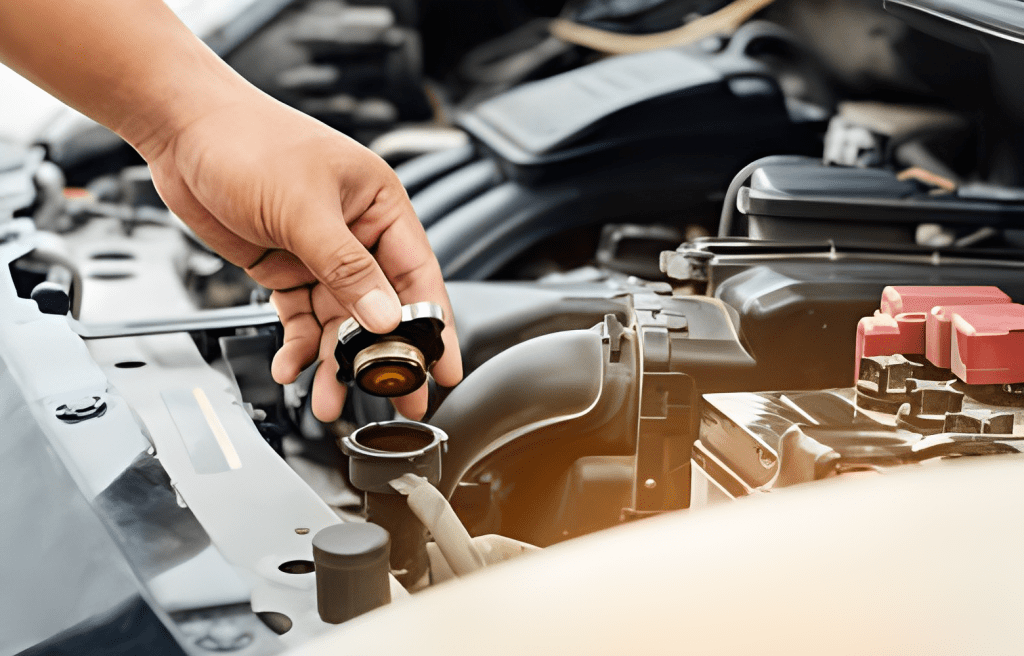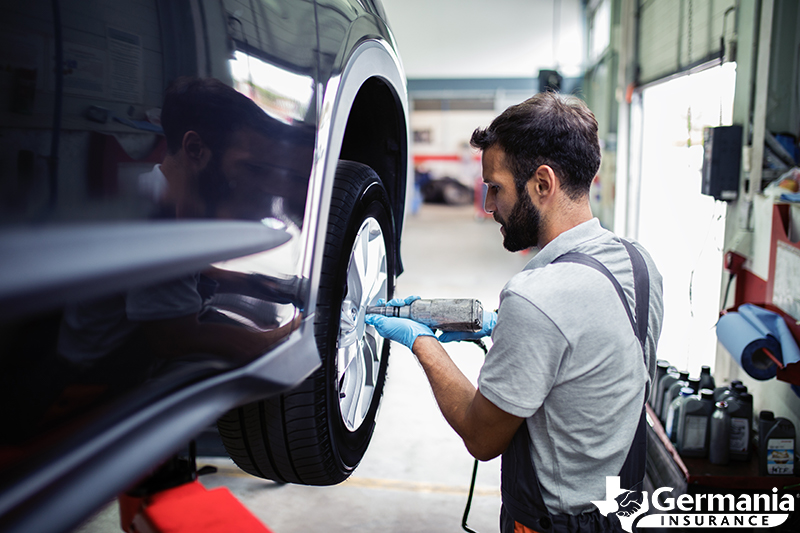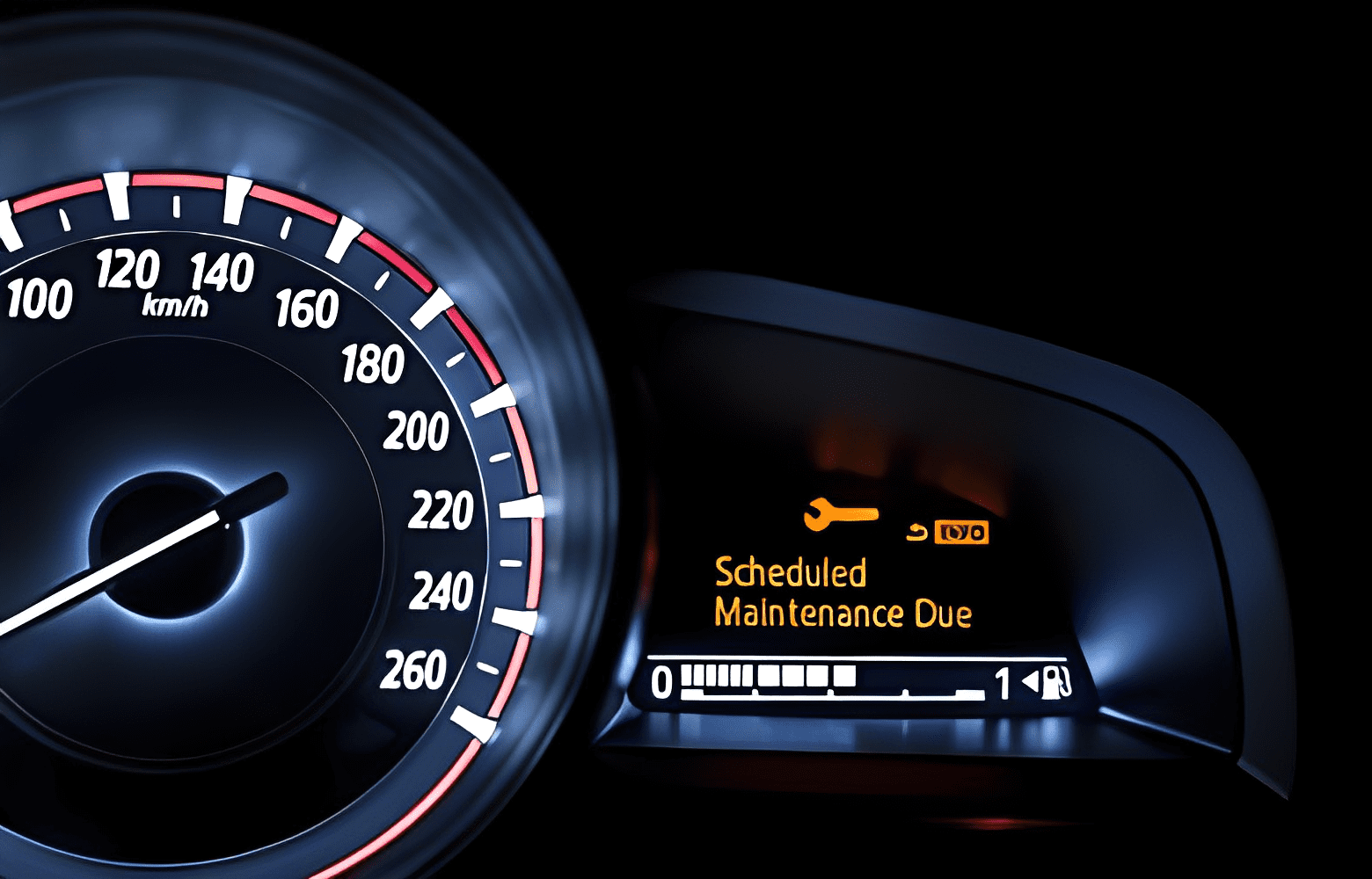Learn essential tips on how to take care of a car with expert advice and practical guides. Discover maintenance routines & cleaning techniques. Maintaining a car involves regular servicing and immediate attention to any issues. Follow the manufacturer’s maintenance schedule for optimum performance.
Owning a car is a significant investment that demands ongoing care to ensure its longevity and reliability. Proper car maintenance not only extends the life of the vehicle but also enhances safety and efficiency on the road. It’s essential to stick to a routine that includes checking and changing fluids, inspecting tires, testing the battery, replacing filters, and keeping the vehicle clean.
This preventative approach helps to avoid costly repairs down the line and keeps your car running smoothly. Moreover, a well-maintained car retains more of its value and can fetch a higher resale price. Regular care also ensures that your car remains environmentally friendly by reducing emissions. Regardless of your vehicle’s make or model, adhering to the prescribed maintenance routine is the cornerstone of responsible car ownership.
Regular Car Maintenance: The Lifeline Of Your Vehicle

Think of your car as a trusted friend. To keep this friendship lasting, take care of your car with regular maintenance. Like watering a plant, your car needs attention to thrive. From oil changes to tire rotations, regular checks keep your ride smooth. A well-maintained car is reliable and safe. It also saves you money in the long run. Let’s dive into how to stay on top of car care:
Taking Care of Your Car
Taking care of your car is crucial for its longevity and performance. Regular maintenance, including oil changes, tire rotations, and fluid checks, is essential to keep your vehicle running smoothly. It’s also important to keep the exterior clean by regularly washing and waxing it to protect the paint from damage.
Interior care is equally important, involving vacuuming, upholstery cleaning, and conditioning to maintain a comfortable and hygienic environment. Addressing any issues promptly, such as strange noises or warning lights, can prevent further damage and ensure safety on the road. By staying proactive and attentive to your car’s needs, you can enjoy years of reliable transportation and preserve its value for resale.
car wrapping
Car wrapping has revolutionized the automotive industry, offering a dynamic solution for individuals and businesses looking to elevate their vehicles’ appearance and branding. Car wrapping involves applying high-quality vinyl wraps to vehicles, transforming their exterior with striking colors, intricate designs, or sleek matte finishes. As an increasingly popular alternative to traditional paint jobs, car wrapping provides a cost-effective and customizable way to protect and enhance vehicles. Whether you’re aiming to make a bold statement on the road or promote your brand with eye-catching graphics, car wrapping delivers unparalleled versatility and durability. Unlock the potential of your vehicle with expert car wrapping services that combine innovation and style to leave a lasting impression.

Car Maintenance Schedule: Staying On Track
Keeping your car in peak condition is easy with a regular maintenance schedule. Each car comes with a manual that lists service intervals. A maintenance schedule follows these recommendations:
|
Interval |
Check |
Replace |
|---|---|---|
| Every 3,000 miles | Oil and filter, air filter, interior cabin filter, fuel filter | Oil change, oil filter |
| Every 6,000 miles | Tires, windshield wiper fluid | Rotate tires |
| Annually | Brake fluid, power steering fluid, coolant, transmission fluid, and battery | Any worn parts |
| As needed | Lights, indicators | Replace bulbs |
Note: These intervals may vary. Always check your vehicle’s owner’s manual.
Essential Fluid Checks: Oil To Coolant
Your vehicle’s health depends on several vital fluids. Just like humans need water, your car needs fluids to function. Here’s a quick guide:
- Engine Oil: Check monthly. It keeps moving parts lubricated.
- Coolant: Check twice a year. It prevents overheating.
- Brake Fluid: Check during regular service. Essential for braking.
- Transmission Fluid: Check every 50,000 miles. It ensures smooth gear shifts.
- Power Steering Fluid: Check when service is due. It helps steer with ease.
- Windshield Washer Fluid: Check monthly. It keeps your view clear.
Tip: Keep the fluids at proper levels, but do not overfill.
Cleanliness Inside And Out: More Than Just Aesthetic
Cleanliness inside and out ensures your car remains not only a visual gem but a haven for health and longevity. Dirt and grime don’t just mar your car’s appearance; they contribute to its wear and tear both below the shiny exterior and within the comfort of the cabin. A clean car promotes a longer life for its paint, interior surfaces, and even the air you breathe while driving. Embrace the ritual of keeping your car spotless—it’s a critical task that rewards every ride.
Washing And Waxing: Preserving The Paint
A fresh, gleaming coat of paint not only turns heads but also guards the car against the elements. Regular washing strips away contaminants like salt, dust, and bird droppings, which can cause damage over time. Introduce waxing into your routine to add a protective layer. Here’s how:
- Choose a shady spot to avoid water spots from quick drying.
- Use a mild soap specially formulated for cars.
- Employ a soft sponge or mitt to gently apply suds to the surface.
- Rinse thoroughly with clean water.
- Apply a quality wax every few months to protect the paintwork.
Interior Hygiene: Upholstery And Air Quality
Your car’s interior is a hotbed for dust, allergens, and bacteria. Maintaining interior hygiene is pivotal for cleaner air and a pleasant driving environment. Follow these steps for a spotless interior:
- Vacuum seats, carpets, and nooks to remove debris.
- Clean upholstery with a gentle cleaner suitable for the material.
- Wipe down surfaces and dab with microfiber cloths.
- Replace air filters regularly for optimal air quality.
Whether you’re aiming for a showroom shine or fostering a fresher, cleaner interior, routine care is essential. Your car is a reflection of your commitment to excellence on and off the road.
Tire Care: Rolling Safely On The Roads
Your car’s tires are the unsung heroes of safe travel. Taking care of them is crucial for a smooth ride. Proper tire maintenance ensures safety, improves performance, and extends the life of your tires. Let’s dive into the essentials of tire care.
Tire Pressure: The Balancing Act
Correct tire pressure is vital for optimal driving conditions. It affects safety, fuel economy, and tire longevity. Tires with too much air can lead to a bouncy ride and uneven wear. Low tire pressure may cause poor handling and increased fuel consumption. Here’s how to maintain the right balance:
- Check pressure every month and before long trips.
- Use a reliable tire gauge.
- Refer to your car’s manual for the recommended pressure.
- Inspect tires when they are cool for an accurate reading.
- Inflate tires to the suggested PSI (pounds per square inch).
Regular Rotation: Extending Tire Life
Tire rotation is rearranging them from one position to another. It is a crucial practice for even tire wear. This habit can significantly prolong the life of your tires and improve vehicle performance. Follow these tips for regular rotation:
| Rotation Interval | Action |
|---|---|
| Every 5,000-7,000 miles | Rotate tires |
| Different Types of Tires | Check the owner’s manual; the rotation pattern varies |
| After Rotation | Check and adjust tire pressure |

Credit: medium.com
Battery Health: Powering Your Journeys
Your car’s battery is the silent powerhouse behind every trip. It starts the engine and powers all the electronics. Good battery health is crucial for reliable commutes and long drives. Let’s explore how to maintain your battery and avoid roadside headaches.
Regular Check-ups: Preventing Unexpected Failures
Like yearly doctor visits, your car battery needs regular check-ups. These help catch issues before they leave you stranded. Every few months, have a professional test your battery’s performance.
- Measure battery charge level
- Test electrical system
- Assess battery fluid
Clean Terminals: Ensuring Efficient Energy Flow
Battery terminals connect to your car’s electrical system. Clean terminals mean no power interruptions. Here’s a simple guide to keeping them spotless.
- Turn off your car and open the hood.
- Locate the battery and identify the terminals.
- Use a brush to remove corrosion.
- Wipe with a mix of baking soda and water.
- Dry with a clean cloth and reattach the cables.
Braking System: The Art Of Stopping
The braking system is your car’s superhero, working tirelessly to ensure safety. Like any guardian, it needs attention and care to keep it in top form. Understanding the braking system is crucial for a smooth, secure ride. Let’s dive into the components that demand your vigilance and how to maintain them for the ultimate stopping power.
Pad Life: Knowing When To Replace
Brake pads are the silent workhorses of your braking system. They create the friction needed to bring your car to a stop. Over time, they wear down, demanding a replacement. Monitor their thickness; if it falls below 1/4 inch, it’s time for new ones. As well, listen for squealing or grinding noises when you brake. These sounds signal that the pads are due for a change. Keep your pads in good shape to ensure every stop is both safe and smooth.
Fluid Checks: The Pressure Behind The Pedal
Your brake fluid is the force behind your pedal. It transfers the pressure from your foot to the brake pads. You should check this fluid regularly. A spongy pedal or a drop in fluid level could spell trouble. Both are signs that you may have a leak or need a fluid change. Use the following table to track your fluid maintenance:
| Check Interval | Recommended Action |
|---|---|
| Every 6 months | Visual Inspection |
| Every 2 years | Brake Fluid Replacement |
Keep your brake fluid clean and at the right level to guarantee a responsive brake pedal.
Maintaining your car’s braking system is crucial for safety. Regularly replacing your brake pads and checking brake fluid levels ensures solid performance when it matters most. Next, we’ll explore tire maintenance, a key player in your car’s safety and handling.

Credit: germaniainsurance.com
Engine Performance: The Heartbeat Of Your Car
Just like your heart pumps blood to keep you alive, your car’s engine is its life force. A healthy engine equals a reliable car. Proper engine care ensures smooth drives and long vehicle life. Let’s talk about how to keep the engine in top shape.
Air Filter: Breathing Life Into The Engine
Think of the air filter as your car’s lungs. A clean air filter lets your engine breathe without trouble. Dirty filters make it difficult. Here is how to maintain it:
- Inspect the filter every 12,000 miles.
- Replace it if you see dirt, debris, or damage.
- A fresh filter can improve fuel economy and acceleration.
Spark Plugs: Igniting Reliability
Spark plugs are small but mighty. They ignite the fuel and air mixture that powers your car. Bad spark plugs can cause engine misfires and poor performance.
| Check Interval | Mileage | Action |
|---|---|---|
| Regular Check | Every 30,000 miles | Inspect and clean |
| Replacement | At 60,000–100,000 miles | Replace with new |
Keep these key components in good shape to ensure your engine runs smoothly and powerfully. Simple steps can lead to a longer car life and better performance.
Electrical Components: The Nervous System Of Your Vehicle
Your car’s electrical system is as crucial as your own nervous system. It starts with the battery, runs through a network of wiring, and relies on various electrical components. These parts work in harmony to give you a smooth driving experience. Like a well-orchestrated symphony, every flick of a switch or turn of a key prompts an immediate response. Let’s explore how to care for your vehicle’s electrical components effectively.
Lights And Indicators: Communicating With Other Drivers
- Check Headlights: Ensure your headlights function well for safe night drives.
- Inspect brake lights: They alert drivers behind you when you’re slowing down.
- Verify Turn Signals: Turn signals represent your driving intentions to others.
- Examine Hazard Lights: Use them to warn other drivers during vehicle issues.
To test these, you might need a friend to help or park in front of a reflective surface. It’s smart to replace any dim or non-functioning bulbs right away.
Fuses And Wiring: Checking The Connections
| Fuse Function | Signs of Trouble | Action to Take |
|---|---|---|
| Headlight Fuse | Dim or Non-Working Lights | Replace the Fuse |
| Radio Fuse | The radio does not turn on. | Check and Replace if Needed |
| Dashboard Fuse | Instruments Not Functioning | Assess and Substitute Fuse |
The fuse box is often under the dashboard or hood. A diagram indicates fuse functions. Inspect for signs like scorch marks. Replace any blown fuses with the correct amperage.
Sometimes wires disconnect or wear out. Look for loose connections or damaged insulation. Secure any disconnections and consult a professional for wire replacements.
Frequently Asked Questions For How To Take Care Of A Car
What Is Essential Car Maintenance?
Regular car maintenance is crucial to ensure your vehicle’s longevity and efficiency. It typically includes oil changes, tire rotations, brake checks, and fluid level inspections. Staying on top of these tasks helps prevent costly repairs and keeps your car running smoothly.
How Often Should You Wash Your Car?
Ideally, you should wash your car every two weeks. However, if your vehicle is exposed to harsh conditions, such as salt in the winter or bird droppings and tree sap in the summer, more frequent washes are advisable to protect the paint and finish.
What Are The Signs You Need An Oil Change?
Common signs include the oil change light on your dashboard, dark and dirty oil on the dipstick, loud engine noise, exhaust smoke, or an oil smell inside the car. Regular oil changes should occur every 3,000 to 5,000 miles, depending on your vehicle’s make and model.
How To Check Tire Pressure At Home?
To check tire pressure, use a reliable tire pressure gauge and ensure tires are cool for an accurate reading. Remove the valve cap, press the gauge onto the valve stem, and read the pressure level. Inflate to the recommended PSI found in the owner’s manual or on the driver’s side doorjamb.
Conclusion
Maintaining your car is crucial for its longevity and performance. By following the simple steps outlined in this post, you can ensure your vehicle remains reliable. Remember to check fluids, inspect tires, and schedule regular professional check-ups. Embrace routine care and your car will thank you with years of smooth journeys.

